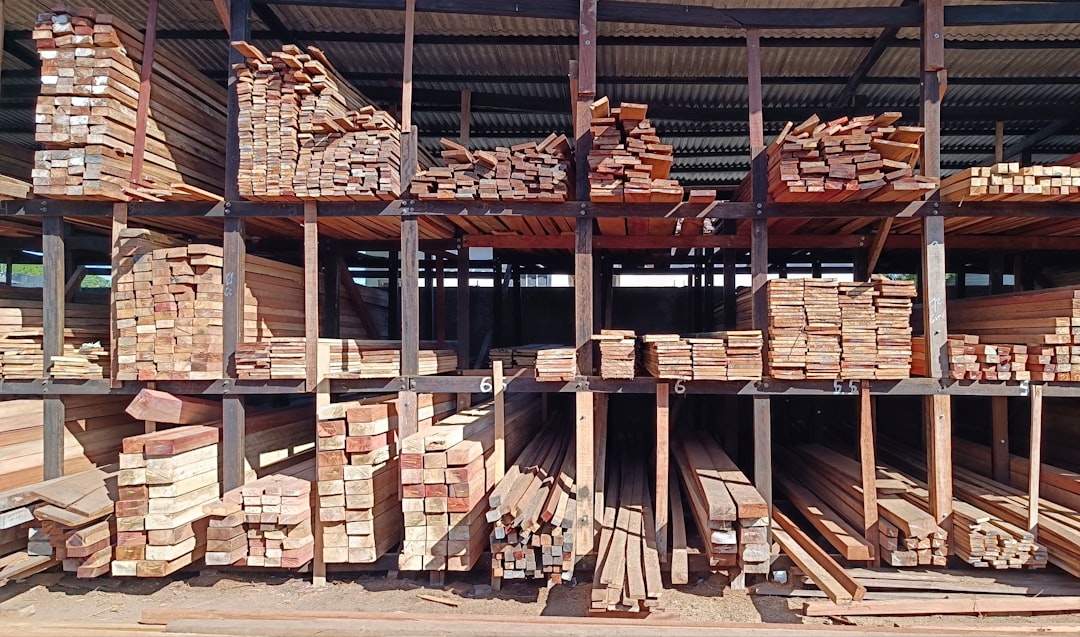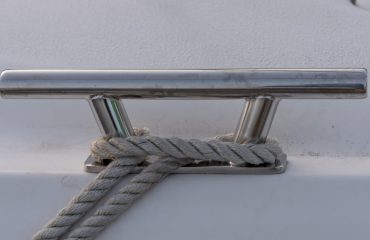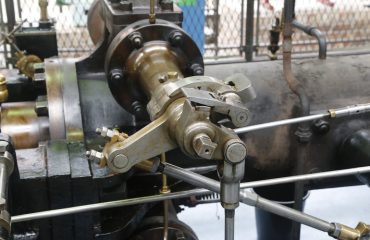The European Union’s CE marking is more than just a logo; it’s a passport to the vast European market for steel products. This comprehensive guide will unravel the complexities of CE certification for steel, ensuring you understand the procedures, requirements, and benefits of achieving this crucial compliance.
Understanding the CE Marking for Steel
The CE marking signifies that a product conforms to all applicable European Union health, safety, and environmental protection legislation. For steel products, this often involves directives and regulations related to construction products, machinery, and pressure equipment, depending on the specific application of the steel. It’s crucial to identify the relevant directives applicable to your specific steel product before commencing the certification process. Failure to comply can result in hefty fines, product recalls, and damage to your brand’s reputation.
Identifying Applicable Directives and Harmonized Standards
The first and arguably most critical step is identifying which European directives apply to your steel product. This is not a one-size-fits-all process. For instance, steel used in construction will fall under the Construction Products Regulation (CPR), while steel components in machinery will need to comply with the Machinery Directive. Once the relevant directive is identified, you need to determine the applicable harmonized standards (EN standards). These standards provide technical specifications that demonstrate conformity with the directive’s essential requirements. These standards are essential because conformity with them creates a presumption of conformity with the directive.
The Role of Notified Bodies in Steel CE Certification
For many steel products, involvement of a Notified Body (NB) is mandatory. Notified Bodies are independent organizations designated by a Member State to assess the conformity of products with the relevant directives. Their role varies depending on the chosen conformity assessment procedure. This could involve factory audits, product testing, and the review of technical documentation. Choosing a reputable and accredited Notified Body is vital. They will guide you through the process, perform the necessary assessments, and issue the necessary certificates, allowing you to affix the CE marking.
Documentation and Technical Files: The Cornerstone of CE Compliance
Maintaining meticulous documentation is paramount throughout the entire CE certification process. This includes detailed technical files containing information on design, manufacturing processes, testing results, and quality assurance procedures. The technical file must demonstrate that your steel product meets all the essential requirements of the applicable directive. This documentation is subject to scrutiny by the Notified Body and may also be requested by market surveillance authorities. Incomplete or inaccurate documentation can lead to delays or rejection of the certification.
Maintaining CE Compliance: Post-Certification Responsibilities
Obtaining CE certification is not a one-off event; it’s an ongoing process. Manufacturers have a responsibility to maintain compliance with the relevant directives and standards throughout the product’s lifecycle. This includes regularly reviewing and updating the technical file, ensuring the manufacturing process remains consistent, and responding to any market surveillance activities. Regular internal audits and quality control checks are essential to prevent non-compliance and maintain the integrity of the CE marking. Failure to maintain compliance can result in the withdrawal of the CE marking and potentially severe penalties.
Successfully navigating the CE certification process for steel products requires careful planning, meticulous attention to detail, and a thorough understanding of the relevant legislation and standards. By following the steps outlined above and collaborating with a reputable Notified Body, you can ensure your steel products meet the necessary requirements and gain access to the lucrative European market.
SEO-Friendly Tags:
- CE marking steel
- Steel CE certification
- European steel regulations
- Notified Body steel
- Steel product compliance




